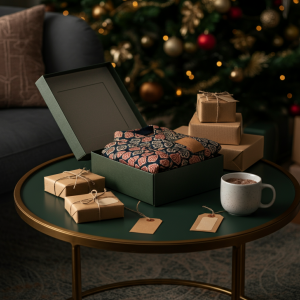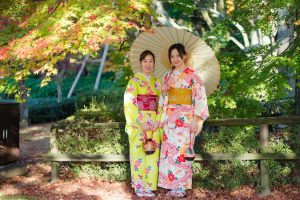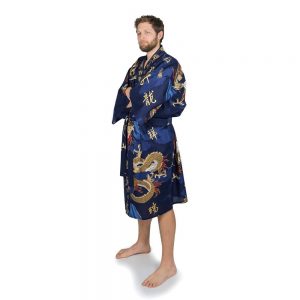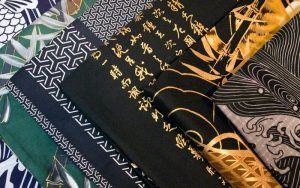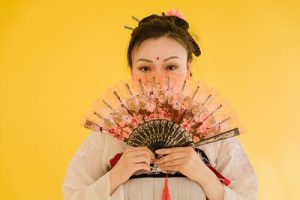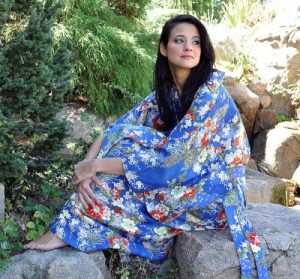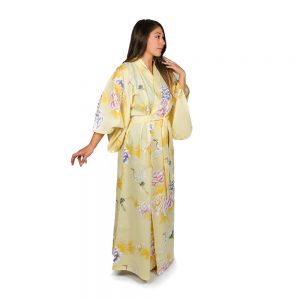Finding an authentic Japanese kimono or yukata in the United States can be a challenging search. You may worry about quality, sizing, and the hidden costs associated with international shipping. At Chopa, we’ve spent over three decades simplifying this process, connecting you directly with the timeless elegance of Japanese craftsmanship. We are more than just a store; we are your trusted, domestic source for quality, authentic Japanese robes.
This post will show you why discerning customers have chosen us since 1994. We’ll cover how our direct import model saves you money and hassle, why our US-based operations provide unmatched convenience, and how our commitment to quality and variety makes us the premier destination for kimonos online.
The Kimono Shop Advantage: A Seamless Shopping Experience
We built our business to eliminate the barriers between you and the perfect Japanese robe. Shopping with us is designed to be simple, secure, and satisfying.
Direct Importing Means No Hidden Costs
Have you ever ordered something from overseas, only to be surprised by unexpected taxes, duties, and customs fees upon delivery? We ensure that it never happens. As a direct importer, we handle all the complexities of international trade.
- No Surprise Fees: The price you see is the price you pay. We manage all import duties and taxes so you don’t have to.
- Hassle-Free Customs: Your order ships from our US location, so it won’t get stuck in customs. You receive your package without delays or extra paperwork.
- Authentic Connection: By working directly with artisans in Japan, we maintain a direct line to the source, ensuring every robe we sell is genuine.
USA-Based for Fast Shipping and Easy Returns
Convenience is key. Because we are based in the United States, your entire shopping experience is faster and more reliable. When you order from Chopa, you get the peace of mind that comes with domestic service.
Enjoy fast shipping that gets your beautiful new robe to your doorstep quickly. Need to make a change? Our straightforward, US-based return process makes exchanges and returns simple. You won’t have to deal with the cost and complexity of international return shipping.
Unmatched Selection and Inclusive Sizing
A kimono is a personal expression of style and comfort. That’s why we believe everyone should be able to find a robe that fits them perfectly and reflects their unique taste.
Over 100 Styles, Patterns, and Colors
Our curated collection is one of the largest available online, featuring more than 100 distinct options. Whether you prefer the lightweight comfort of a cotton yukata for summer or the luxurious feel of a classic silk kimono, you will find it here. Our selection includes traditional florals, bold geometric patterns, and serene, solid colors to suit any preference.
Sizing for Every Body
We proudly offer an extensive range of sizes to ensure a comfortable and flattering fit for everyone. We understand that one size does not fit all, so we stock robes designed for various body types. Our inclusive sizing includes:
- Petite
- Regular
- Portly
- Tall
- Big and Tall
- Full-Figured
With our detailed sizing guides, you can confidently choose the right kimono or yukata that feels made just for you.
Quality You Can Feel, Prices You Can Trust
We are committed to offering exceptional value. We believe that authentic, high-quality Japanese robes should be accessible without an exorbitant price tag.
Made in Japan by Skilled Craftspeople
Every kimono and yukata in our collection is crafted in Japan. We partner with dedicated artisans who have honed their skills over generations. This commitment to authentic Japanese craftsmanship is evident in the fine stitching, beautiful fabrics, and durable construction of every robe. When you wear a Chopa kimono, you are wearing a piece of genuine artistry.
Competitive Pricing for Superior Quality
By importing directly and managing our operations efficiently, we can offer our authentic robes at competitive prices. You receive a garment of superior quality—one that will last for years—at a fair price. We provide an affordable entry into the world of authentic Japanese textiles without ever compromising on quality.
A Legacy of Trust Since 1994
For over 30 years, Chopa has been the go-to source for customers seeking authentic Japanese kimonos and yukatas. Our longevity is a testament to the trust we have built with our community. Many of our customers are repeat buyers who return time and again for the quality, service, and reliability they know they will receive from us. They trust our expertise and our commitment to their satisfaction.
When you shop with Chopa, you are not just making a purchase; you are joining a community that values authenticity, quality, and exceptional service.
Find Your Perfect Kimono Today
Experience the comfort, elegance, and artistry of a genuine Japanese kimono or yukata. With our vast selection, inclusive sizing, and hassle-free shopping experience, you are sure to find the perfect robe to cherish for years to come.
Browse our collection now and discover why Chopa has been the most trusted name in kimonos since 1994.




